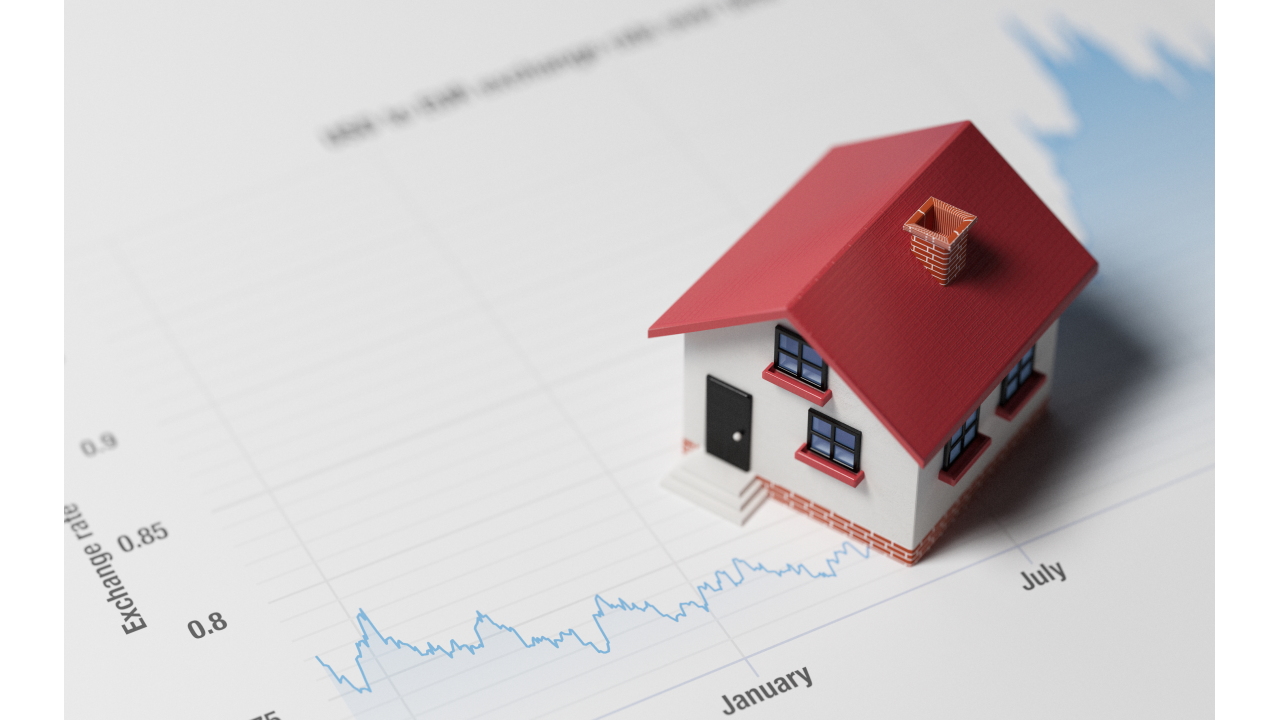Navigating the shifting real estate landscape in Fort Worth can be a challenging task as the market trends evolve. With prices adjusting slightly and inventory increasing, sellers are now facing a buyer’s market, where homes priced to sell garner multiple offers within the first week, while those aiming for higher prices linger longer. Economic factors like interest rates and employment rates play a crucial role, impacting affordability and demand. As remote work rises, the demand for urban versus suburban properties is shifting, allowing buyers to choose based on lifestyle preferences. In this guide tailored to our local community, we’ll delve into how these changes affect buyers, sellers, investors, and homeowners, providing valuable insights to help navigate the dynamic Fort Worth real estate market effectively.
Fort Worth’s Real Estate Market Dynamics
Current Trends in Home Prices
The real estate market in Fort Worth is undergoing noticeable changes. Presently, there’s a trend towards a buyer’s market. This shift is reflected in the slight decrease in home prices and the increase in available inventory. For example, in neighborhoods like Arlington Heights, the number of homes listed for sale is approaching 30, with new properties entering the market frequently. Homes that are priced appropriately tend to attract offers within the first week, demonstrating that competitive pricing is key. On the other hand, sellers holding out for higher prices are encountering longer wait times, averaging about 40 days on the market. This trend suggests that both buyers and sellers need to be well-informed and realistic about pricing to succeed in the current Fort Worth real estate market.
Impact of Economic Indicators on the Market
Economic factors are vital in shaping the real estate market in Fort Worth. Interest rates are a primary example; as they rise, the cost of borrowing increases, which can deter potential buyers, leading to a cooling effect on the market. Conversely, lower interest rates can stimulate demand by making loans more affordable. Employment rates also play a significant role. Fort Worth’s unemployment rate currently stands at a low 4%, which is favorable when compared to the national average. A robust job market boosts consumer confidence and purchasing power, influencing more people to invest in real estate. Buyers and sellers should stay informed about these economic indicators, as they can significantly affect property values, buyer demand, and the overall health of the real estate market.
Urban vs Suburban Properties: The Remote Work Influence
The rise of remote work is reshaping the demand for urban and suburban properties in Fort Worth. Buyers now have the flexibility to prioritize lifestyle preferences over proximity to the workplace. Those drawn to the vibrancy of city life tend to gravitate towards urban areas, which offer convenient access to social venues like restaurants and bars. Meanwhile, buyers seeking tranquility and space are finding the suburbs more appealing. This decentralization of the workforce allows for a wider range of investment opportunities, as the appeal of different areas evolves. Investors and homeowners should consider these trends when making decisions. For investors, diversifying property types could mitigate risk. Homeowners might find that their property’s value could shift based on these changing preferences, impacting potential future sales.






